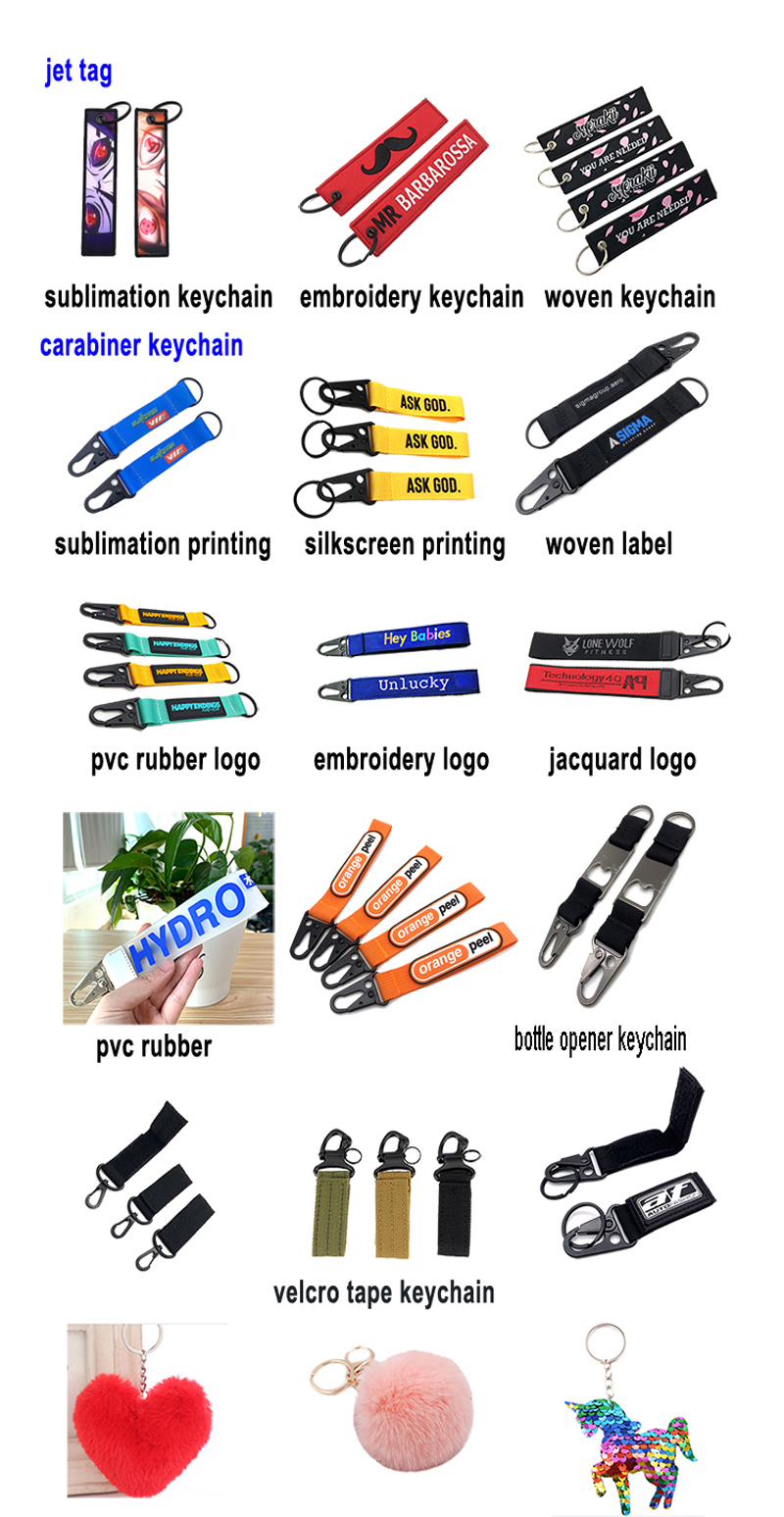2. Ink performance adjustment and control
1 ink viscosity
Viscosity is the most important control index in the ink application. It directly affects the ink transfer performance and print quality. Therefore, the control of the ink viscosity in the printing process is very important, generally controlled between 15 to 20 seconds. If the viscosity of the ink is too low, it may easily cause pinholes, hair voids, and ink spreading in graphic parts. On the other hand, if the viscosity is too high, the transfer performance of the ink may be poor, and it may be easy to produce stencil printing and dry printing. The insufficiency of ink may occur in large areas. Broken lines and other ills.
2dryness of ink
The drying performance of the ink is also one of the important indicators to measure the quality and performance of the ink. Controlling the drying performance of the ink is a necessary condition for obtaining a good printing effect. The drying speed of the ink should be appropriate, the drying speed of the ink is too fast, and dry-type failures are likely to occur. However, the drying speed of the ink cannot be too slow, otherwise, the back-printing phenomenon of the printed matter may occur. The general principle for selecting the ink drying speed is that under the existing conditions of the printing press, the ink should be sufficiently dry before entering the next printing color group and before rewinding, but it cannot be dried on the printing plate.
The ink used for printing milk packaging film is a solvent type ink, and the drying property is mainly determined by the volatilization rate of the solvent. Therefore, in the actual production, the ratio of the solvent must be strictly controlled, and an appropriate amount of slowness can be added to the ink according to the specific conditions. Dry solvent or quick-drying solvent to adjust the drying speed of the ink to ensure that the ink can be fully dried to prevent "false dry" phenomenon.
For example, when a factory prints a milk film with Chaolifu 314 two-liquid reactive ink, under normal conditions (the printing speed is about 80m/min), the ink viscosity is generally controlled at about 15s, and the basic ratio of the mixed solvent used is. It is: butanone:toluene:butyl ester=4:3.5:2.5, which can ensure better printing quality and printing effect.
printing art
In order to ensure the printing quality of milk packaging film, it is also necessary to pay attention to the control of printing tension, printing pressure, printing speed and drying temperature during the printing process, formulate a set of stable and reliable process standards, standardize the process flow, and ensure the scale production. The smooth progress.
1. Printing tension should not be too high
In the printing process of polyethylene film, the control of printing tension is a key link. Because the stretch rate of the polyethylene film is relatively large, it is prone to tensile deformation under the action of the drawing tension of the printing press. If the tension value is too large, the polyethylene film will have a large tensile deformation, and the overprint may not occur. The quasi-failure affects the quality and accuracy of the printed matter. Therefore, the value of the printing tension should be set to be small to prevent overprinting and graphic distortion due to overstretching of the polyethylene film.
2. Grasp the pressure of printing
According to the characteristics of the printing method, the performance of the printing ink and the properties of the substrate material, the printing pressure is controlled within an appropriate range. If the printing pressure is too large or too small, the print quality may be adversely affected. Printing pressure is too high, the ink is easy to spread, the graphic is easy to get thicker and wider, and even the stencil, bar code can not be read; the printing pressure is too small, the amount of ink is not enough, the graphic is easy to thin, narrow, and even defective.
3. The printing speed should be appropriate
Although the printing speed is high, it will increase production efficiency and output, and shorten the production cycle. However, the printing speed is not as fast as possible, otherwise it will cause printing failures. The size of the printing speed should match the drying speed of the ink, the viscosity of the ink, the temperature of the drying oven, and the temperature and humidity in the workshop.
4. Set the drying temperature properly
The temperature setting of the drying oven of the printing machine should not be too high, generally around 40°C, otherwise it will easily cause shrinkage deformation of the polyethylene film, which will affect the overlay accuracy. Therefore, when setting the temperature of the drying oven, it is necessary to comprehensively consider the characteristics of the substrate material, the printing speed, the printing tension, and the size of the printing pattern, so as to ensure that the ink solvent can be fully volatilized and dried to enhance the fastness of the ink.
Precautions in production
1. Do a good job in the quality inspection of raw and auxiliary materials (films, inks, solvents, etc.), and strictly check to ensure that only raw and auxiliary materials that have passed inspection and inspection can enter the production process and control unqualified raw and auxiliary materials in the production process. In addition, this is the precondition for guaranteeing the printing quality of milk packaging film.
2. "Customer Satisfaction" is the highest criterion and final desire of each printing company. Therefore, it is necessary to do a good job of inspection of finished products to ensure that only qualified products can be delivered to customers. This will not only satisfy customers but also maintain the quality of the products. The company’s image and reputation are the basis for maintaining and developing good customer relationships.
3. The plastic film after corona treatment should be used as soon as possible. It is best to use it immediately. After storing it for a period of time, the corona treatment effect of the film will deteriorate. The surface tension value of the plastic film will also occur with the extension of the storage time. Gradually attenuate the phenomenon, wait until the printing on the machine is likely to fail to meet the requirements. Therefore, the plastic film stored for a period of time must be carefully tested for its surface tension before use. Once it is found that the surface tension does not meet the requirements, corona treatment must be performed again. Otherwise, the printing quality will be affected.
4. In the actual production, the appropriate printing film and printing ink should be selected according to the specific conditions such as filling speed, sterilization conditions, and product shelf life of the automatic filling machine, and the printing process parameters should be adjusted and controlled according to the actual situation. Standardize the process to ensure the printing quality of milk film.
5. In the deployment of ink, should be used with the tone, and observe the printing effect at any time, pay attention to maintaining the consistency of the ink hue, and control the print color. When printing the same job, if the printing material changes, it will inevitably appear color difference, even if the same type of ink produced by the same ink manufacturer, if the batch is different, the color is often a certain difference, therefore, in In the printing process of long-lived or large-volume live jobs, the same batch of film and ink produced by the same manufacturer should be used for printing.
6. The change of temperature and humidity in the printing shop has a certain influence on the properties of the substrate materials and inks. The environment is too dry to cause static electricity of the film and cause printing difficulties; too humid environment will make the ink dry insufficiently and affect the firmness of the ink layer. degree. Therefore, the ambient temperature and relative humidity in the printing shop should be strictly controlled, as far as possible to maintain a relatively constant, and to ensure good ventilation, in order to reduce the incidence of printing failures. In general, the temperature in the workshop is controlled between 18°C ​​and 25°C, and the relative humidity is preferably between 60% and 70%.
Source: "Modern Packaging"
A Keychain is a small part usually made of various materials such as metal, acrylic, rubber, PVC or plastic, used to attach keys and other small items such as wallets, mobile phones, gloves, etc. It usually has a loop or hook that can be attached to the key so that it can be carried or removed. Customised Keychain designs and materials vary by brand, model, and personal preference, but they are generally functional and aesthetically pleasing.

The use of the Keychain Custom is very convenient, it can be conveniently hung on the key, so that the key is not easy to lose. Different styles of Custom Key Chains and keys have different effects, and can be used in various ways in daily life, such as connecting backpacks, handbags or clothing when going out, or connecting items when camping, traveling, etc. .



Custom Keychain designs and shapes vary by brand, model, and personal preference. SomeKeychains For Women will be printed with brand logos or cartoon images to increase their aesthetics and personalization. Some high-end Custom Key Chains also feature high-quality materials and fine craftsmanship to reflect their quality and value.
Keychains,Customised Keychain,Keychain Custom,Keychain Customized,Custom Keychain
Shenzhen Yiyixing Zipper Manufacture Co.,Ltd , https://www.yyxchina.com